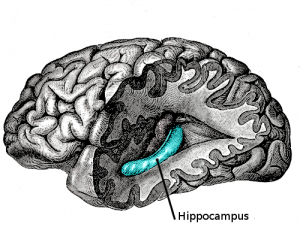
2020 Ignition Awards Recipients:
The WaNPRC Pilot Program is conducted jointly with the Institute for Translational Health Sciences and provides funding to collect preliminary data for future funding opportunities. The goal is to fund projects with innovative research endeavors that have translational implications to move toward human applications. This year there was a competitive pool of applications and we were able to provide funding to 2 projects.
Please join us in congratulating the Grant Year 59 recipients of the WaNPRC Pilot Program which exemplify the commitment to cutting edge science, collaboration and also support the 3Rs (Reduction, Refinement and Replacement) of animal use.
- Co-PIs Abigail Gambrill, PhD, (University of Washington, Barria Lab) & Jon Rueckemann, PhD (University of Washington, Buffalo Lab): “Cellular mechanisms of primate hippocampal theta oscillations”
Abstract: Hippocampal theta oscillations occur while attending to incoming stimuli and have been linked to successful memory encoding in humans. This activity is thought to reflect coordinated network processing spanning the entire hippocampus, but the cellular mechanisms supporting the rhythmicity in its microcircuits are unknown in primates. Using acute hippocampal slices, we will electrophysiologically characterize the intrinsic and resonant properties of pyramidal cells to determine how cellular physiology shapes the circuit level behavior. We will also establish how the physiology of principal cells is governed by acetylcholine, which is acutely released during attention to salient stimuli and a known modulator of theta rhythmicity. This project will establish a novel in vitro model of hippocampal microcircuit physiology in primates and will provide a necessary link between physiological studies of murines and humans. The WaNPRC and Tissue Distribution Program (TDP) are uniquely suited to support research using this novel approach, and the experiments of this project lay the foundation for future studies of pathophysiology in the hippocampal network.
- Gwendolyn Wood, PhD (UW Department of Medicine, Division of Allergy & Infectious Diseases): “Optimizing a model of Mycoplasma genitalium reproductive tract infection in female pig-tailed macaques”
Abstract: Mycoplasma genitalium (MG) is an emerging reproductive tract pathogen with a disease spectrum similar to N. gonorrhoeae and C. trachomatis, and a prevalence ranging from 1-4% in population-based studies to more than 20% in high risk patients. Of particular concern, MG infection is associated with serious upper reproductive tract sequelae in women. Antimicrobial resistant MG is alarmingly common, with untreatable infections reported in the US. An animal model is needed to understand the mechanisms of pathogenesis of MG and devise alternative treatment and prevention strategies. Building on our previous success with a pigtailed macaque model of lower genital tract infection, we now seek funding to optimize our protocol with the goals of improving infection rates, increasing the duration of infection, observing ascension of MG to upper reproductive tract tissues, and defining the natural history of antibody induction. These studies will help fulfill two mandates set by the MG research community: development of an animal model of PID and the design of a serologic test.
We wish the recipients luck in their endeavors and we look forward to hearing about their exciting results next year.
Elizabeth A. Buffalo, PhD | Interim Associate Director for Research
The WaNPRC performs critical biomedical research leading to new advances in science and medicine. WaNPRC researchers are working to develop effective vaccines and therapies for HIV/AIDS and other infectious diseases as well as new advances in genetics, neuroscience, vision, and stem cell biology and therapy. The WaNPRC directly supports the National Institutes of Health’s mission to translate scientific advances into meaningful improvement in healthcare and medicine.

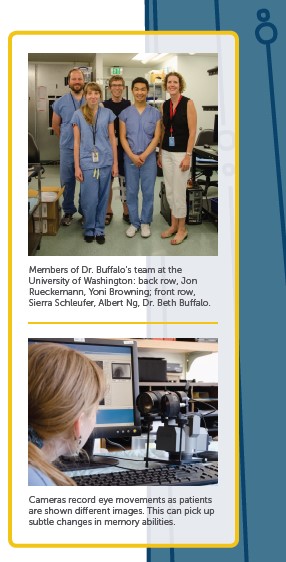


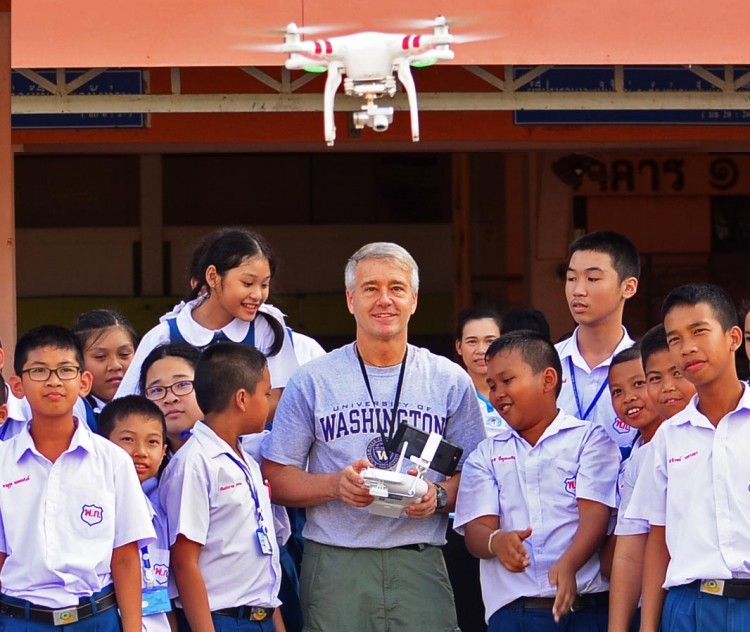
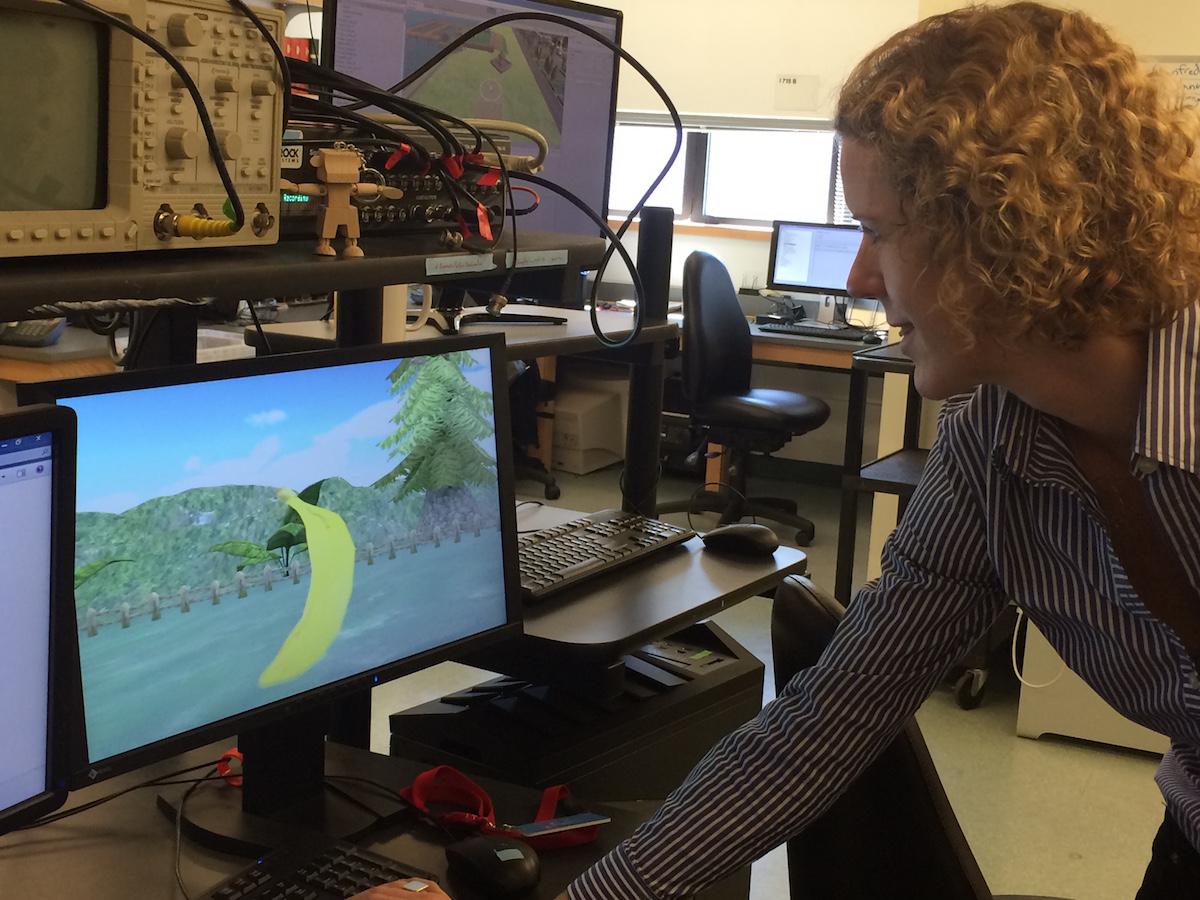
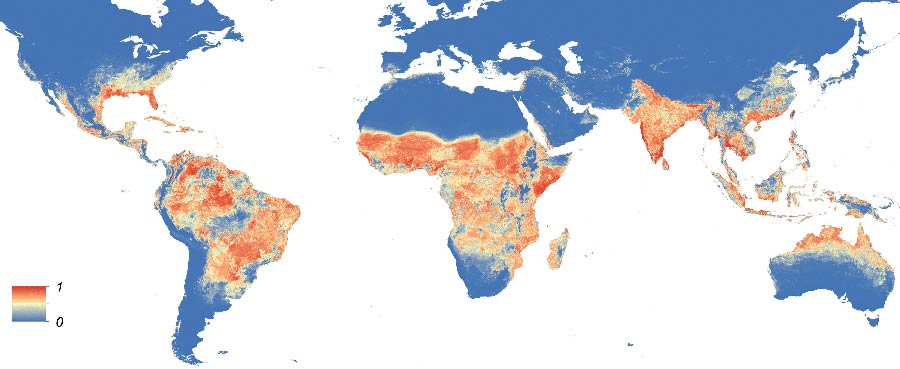 According to the Centers for Disease Control and Prevention, the Zika virus is spread to people primarily through the bite of an infected Aedes mosquito. Common symptoms for adults is very similar to a flu virus, including: fever, rash, joint pain, and dry and itchy eyes. Zika virus can be passed from a pregnant woman to her fetus. Infection during pregnancy can cause Microcephaly and other severe brain injuries.
According to the Centers for Disease Control and Prevention, the Zika virus is spread to people primarily through the bite of an infected Aedes mosquito. Common symptoms for adults is very similar to a flu virus, including: fever, rash, joint pain, and dry and itchy eyes. Zika virus can be passed from a pregnant woman to her fetus. Infection during pregnancy can cause Microcephaly and other severe brain injuries.
